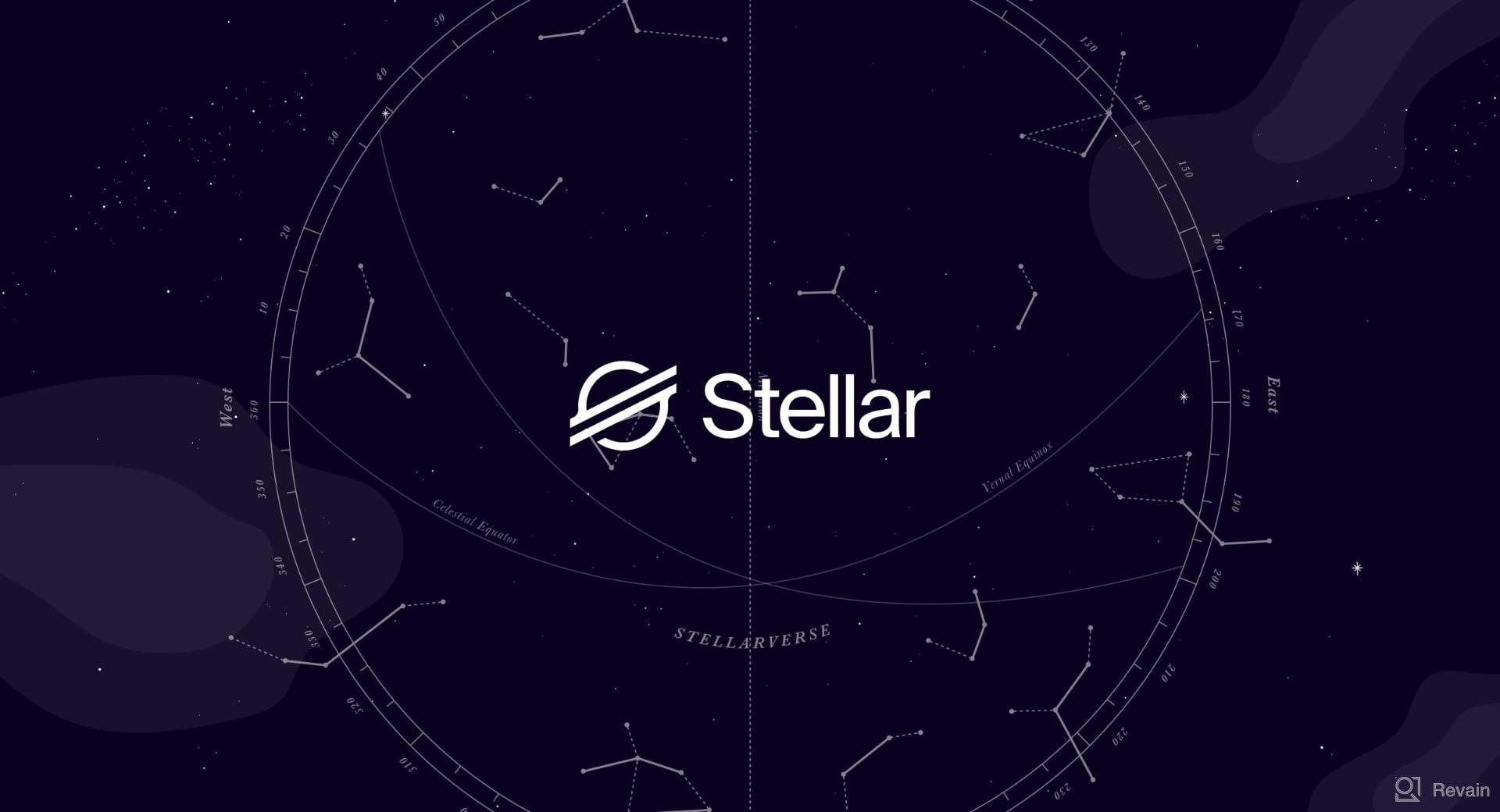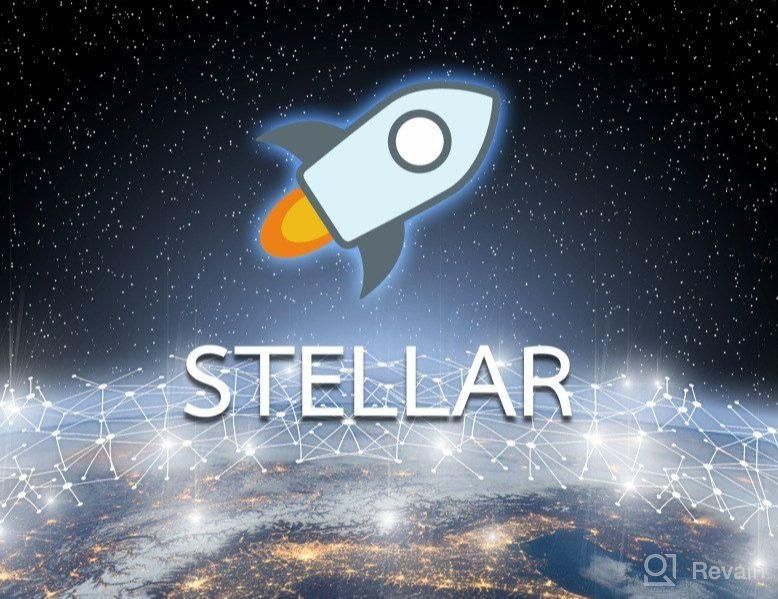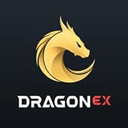
Review on Stellar by Saleh Bayramli

Today I am going to talk you about Stellar token and its features.
Stellar is currently in the top 10 most popular blockchain platforms. Stellar Lumens (XLM) is one of the leading cryptocurrencies, with a steady increase in market acceptance and adoption. Chapter
What is a Star?
Stellar is a payment protocol based on distributed ledger technology. It enables fast cross-border transactions between any currency pair. In many ways, it is similar to other blockchain-based cryptocurrencies.
According to its website, the Stellar blockchain “is a platform that connects banks, payment systems, and people” and aims to “transfer funds quickly, reliably, and almost free of charge”.
Stellar Lumen (XLM) is Stellar's native digital currency, providing support for the all-round operation of the blockchain network. At the beginning of the Stellar network, 100 billion XLM / Stellar Lumens were created.
The only other mechanism for creating XLM is inflation. There is a fixed annual inflation rate of 1% in the lumen establishment rate to account for economic growth and lumen loss. The newly created lumens are generated once a week and distributed through direct voting.
Stellar Network and Stellar.org
Stellar Network refers to distributed ledger technology that facilitates financial transactions. The technology is open source, distributed, and owned by the community.
On the other hand, Stellar.org or Stellar Development Foundation is a non-profit organization dedicated to inclusive finance, tool development, and social initiatives around the Stellar network. Stellar employees write code for the Stellar network, but the technology is independent of the organization. What is the basic transaction fee of the
Stellar network? The basic cost of transactions on the
Stellar network is the notional amount associated with each transaction operation. There is no profit motive for this fee. Acts as a deterrent to malicious activities (such as DoS attacks).
Currently, the base rate is 0.00001 XLM. The sender of the transaction incurs a fee. The fees are collected by the general ledger and then redistributed during the inflation process. What are the startup costs and integration fees for dApps on
Stellar Network?
The use of the Stellar network is completely free. All software required for integration is licensed under the Apache License (version 2.0). It allows commercial use, modification and / or distribution.
For Stellar, integration refers to the technical process of accessing the Stellar network. This means setting up a new or existing system to communicate with the Stellar network.
Integrators need to allocate technical resources to integrate with Stellar. Depending on the size and experience level of the development team, technical development requires between 120 and 200 hours.
So, suppose you are using a third-party blockchain-as-a-service (BaaS) provider. In this case, all the expenses you will incur will be related to expert consultation, consultation, and development team costs.
What is the "anchor" of the Stellar network?
On the Stellar network, an anchor is an entity that can hold deposits and issue credit on demand.
sees the "anchor" as a bridge between different currencies and the Stellar network. With the exception of XLM, all currency transactions on the Stellar network are conducted through credits issued by Anchors. The
Stellar system relies heavily on Anchors. People need to trust Anchors to hold deposits and ultimately issue credit. What is a distributed exchange on Stellar?
To better understand the concept of distributed exchange, we need to know what an "offer" is.
For Stellar, an "offer" is a public promise to exchange one type of credit for another at a predetermined interest rate. Therefore, the Stellar network has become a market that makes it easy to buy and sell different currencies. All "quotes" in the
Stellar ledger constitute an "order book". For each currency / issuer pair, the network has an "order book".
For example, there is an "order book" that can convert RBS / GBP to Bitstamp / Bitcoin.
Stellar's consensus mechanism is based on the Federal Byzantine Agreement (FBA). FBA achieves operational efficiency through the arbitration section executed by each node, and these sections jointly determine the arbitration at the system level. The Stellar network interrupts the connection through arbitration in a manner similar to the traffic exchange and transmission decisions of the various networks of the unified Internet.
Stellar Network?
The use of the Stellar network is completely free. All software required for integration is licensed under the Apache License (version 2.0). It allows commercial use, modification and / or distribution.
For Stellar, integration refers to the technical process of accessing the Stellar network. This means setting up a new or existing system to communicate with the Stellar network.
Integrators need to allocate technical resources to integrate with Stellar. Depending on the size and experience level of the development team, technical development requires between 120 and 200 hours.
In the FBA system,
participants are organized in a mini grid.
Every node in this micro-grid knows its main participants.
When the transaction starts, the node waits for the majority of participants in its smallest network to agree to the transaction before considering transaction settlement.
Similarly, other participants do not agree to the transaction until the member deemed necessary agrees.
In the end, a sufficient number of network participants accept the transaction, and hackers or attackers cannot reverse the transaction.
Only then will any participant consider the transaction to be settled.
Therefore, the FBA consensus mechanism ensures the security and integrity of the financial network running on the Stellar network. As long as the participant failure does not result in the inability to satisfy the trust dependency, you can ensure that the SCP is not affected by the lock state (consensus can no longer be reached).



- it has a good order list
- it is fast and secure
- nothing bad for now












